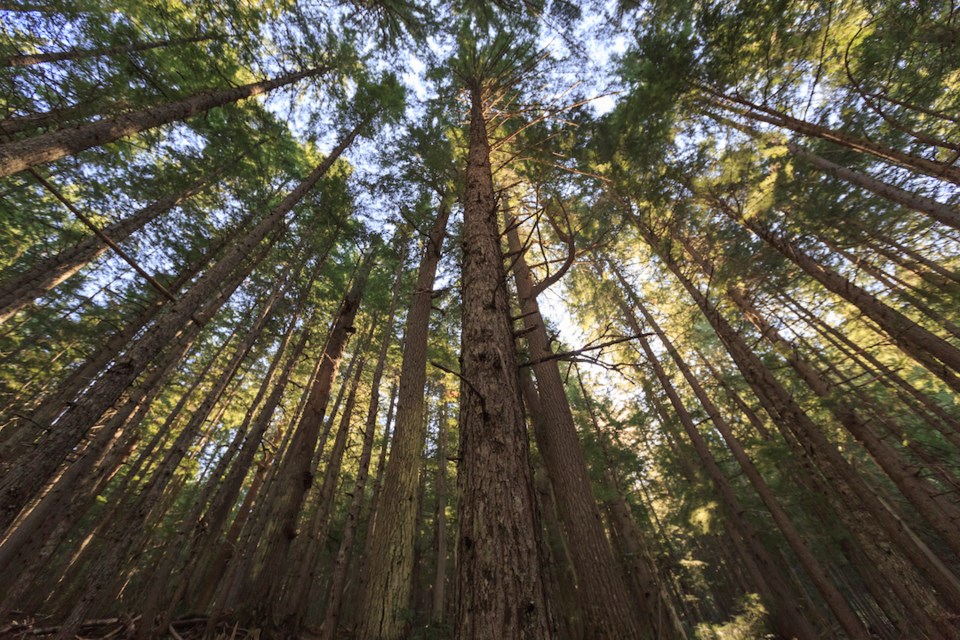Editor:
I am responding to the full-page ad placed by the Sunshine Coast Community Forest (a logging company owned by the District of Sechelt) mentioning how they might be involved in forest management strategies to reduce fire risk. Most fires on the Coast are caused by humans, so strict rules banning campfires and no smoking on trails are most effective.
Several years ago, I was hiking a familiar trail in Whistler when I discovered that the forest had been thinned out, with the moss and ground cover gone and the area had become an ugly dust bowl. A member of the Whistler Community Forest stated that the trees were removed to reduce fire risk. I responded to them saying that this resulted in the opposite effect since the healthy trees would have held the moisture and reduced temperatures.
The July 7 issue of the Whistler newspaper had an informative story regarding the negative impacts of their fire mitigation work. Comments were made by a member of the Whistler Naturalists and from an ecologist from the municipality’s Forest Advisory Committee who confirmed the current practices actually increase the fire risk. The ecologist states these practices resulted in adverse effects on the ecology of the forest, increasing the rate at which the forest floor is drying out.
I would not like to see the SCCF repeat the same mistakes that Whistler made. Prevention, rapid response and keeping old forests intact should be the main objectives.
Marilyn Olthuis, xwesam



